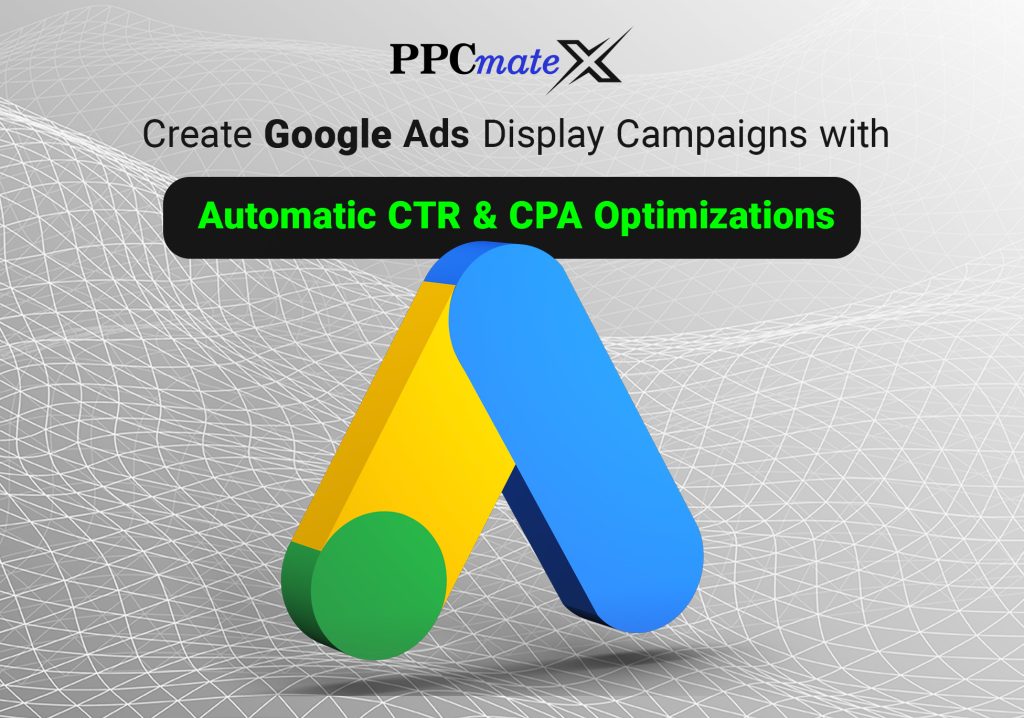Content marketing is a strategy that requires long-term thinking and action, which means you have a lot of wiggle room for adjustment and recovery.
After the planning stage, you’ll go through an ongoing cycle of content development, publication, syndication, measurement, and analysis. As long as you keep your momentum moving forward, you’ll have the opportunity to iron out most of the little issues that arise—you’ll tweak your topic selection, improve your voice, increase your reach, and so on.
But there’s one lie about content marketing that marketers tell themselves—and it has the potential to destroy a campaign before it even starts.
The Lie
This lie is especially powerful—and destructive—because it appears to be rooted in truth. In fact, many content marketers continue to proclaim it in the advice of their posts, and as a result, more and more marketers are banking on it as a cornerstone of their strategies.
What is it? Good content is all you need to be successful.
On the surface, this completely checks out. It’s called “content marketing,” so of course good content is the secret to success, right? Well, yes and no. There are a few factors to consider here, but most importantly—writing and publishing good content doesn’t guarantee there will be people around to read it. If a tree falls and nobody’s around to hear it, does it make a sound? Maybe. But there won’t be anybody to tell their friends about it or come back in a week to hear more.
Right now, you may not be convinced—it’s a pretty persuasive lie, after all—so let’s explore some of the ways this lie manifests itself, why it’s incorrect, and what you can do to correct it.
The Definition of “Good”
First, we have a very ambiguous definition of good, so let’s break it down. We can think of “good” qualities as existing in two parallels. First, there’s “good” in the sense of inherent value; content that covers an important topic, holds a unique angle, and includes many details is inherently more valuable than one that doesn’t. It also needs to be well-written, well-organized, and easy to understand. Second, there’s “good” in the sense of appropriateness for the situation; the timing and targeting of your article can make an otherwise decent article popular, or a fantastic article fall flat.
This is important to note because when most marketers tell themselves, “good content is all we need to be successful,” they typically imagine only the first definition of “good.” They may neglect the audience-targeting and timing dimensions that are so crucial to a content’s eventual performance.
Why Good Content Isn’t Enough
Let’s assume that you’ve produced a “good” piece of content, in every sense of the word. It’s fresh, it’s insightful, it’s valuable to your target audience, and it’s coming out at a crucial time. Theoretically, the piece will generate enough attention and momentum on its own to make it popular—and it will earn enough shares and links for it to boost your campaign.
Here’s the problem; somebody has to share the content first. If your domain authority is high enough, or if you have a strong recurring readership, this might happen naturally—your content will be visible to a wide circle of people instantaneously, and if it’s good enough, they’ll take care of the rest. But if you’re in this position, you’ve probably already built and maintained a successful content campaign. If you’re just getting started, or if you haven’t generated much momentum, this circle of support isn’t there for you. Three user shares can easily lead to 100, but zero user shares inevitably remains at zero.
Why the Lie is Dangerous
We know why the lie is, in fact, a lie, but why is it so dangerous? In the title of this article, I implied that it’s capable of destroying campaigns before they even start, and I believe this to be true. Why? Because taking this lie as an assumption of truth will set your expectations and lay the groundwork for your entire campaign. Assuming that “good” content is what you need to succeed, you’ll publish piece after piece of presumably high-quality material, and you’ll wonder why none of them are taking off.
Because you assume that good content takes care of itself, you’ll only consider content quality as a determining factor for performance, and you’ll spin your wheels trying to make better content—even though your content is good enough already!
Adding to the danger here, the lie is a persistent one. Because so many content marketers proclaim this as truth, and because it makes sense on the surface, it’s hard to break it down as a myth.
What to Do Instead
No campaign that depends on this assumption can grow from scratch; however, you can reset your expectations and layer in new strategies to compensate for the assumption’s weakness. For example, once you publish a piece, promote the hell out of it. Syndicate it on as many social media platforms as you can. Encourage your teammates, employees, and even your friends and family members to share it to their own followers. Share it with new headlines, new angles, and new audiences on social bookmarking sites. Keep it in regular syndication!
The bottom line is that even “good” content requires a strong push to get started—and only you can give it.
___
by Timothy Carter









